Introduction to Sedum
Welcome to the wonderfully diverse world of Sedum, or as you may know them, “Stonecrop”. These plucky plants have carved out a niche in the hearts of gardeners and nature aficionados alike. Their hardy nature and eye-catching shapes make them a staple in any landscape craving a touch of resilience and charm. Let’s delve into the roots of this plant genus and discover why it’s such a prized addition to horticultural endeavors and natural settings.
The term “Sedum” might not ring a bell immediately, but mention the colloquial “Stonecrop” and a light bulb goes off; these are the vibrant darlings of the succulent world, loved for their ability to prosper in rocky soils and their drought-dodging superpowers. They’re the floral equivalent of a swiss army knife; adaptable, useful, and always a pleasant surprise when they reveal their capabilities.
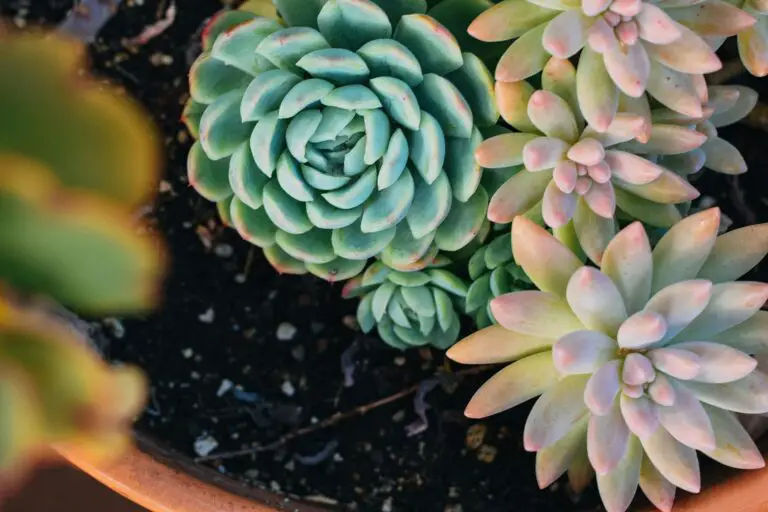
Sedums are not just about aesthetics; they’re an ecological tour de force. These plants play a pivotal role in horticulture and natural landscapes, offering both beauty and substance. For instance, Sedum roofs are an innovative green solution, balancing urban construction with nature by inviting biodiversity onto our rooftops. On the practical side, their water-storing leaves are a shout-out to their survivalist attitude, an inspiration for anyone looking to thrive in challenging conditions.
Curious about Sedum’s more profound implications? Check out this external resource to explore the significance of Sedum in various cultures and how its resilience symbolizes growth and transformation.
So if you’re interested in adding Sedum to your garden or simply crave knowledge about these impressive plants, pull up a chair and stay awhile; you might just find yourself a new botanical buddy.
Delve deeper into the world of Sedum by exploring our comprehensive guide on Sedum Plants Unearthed: Growing Tips and Varieties, and become privy to a treasure trove of growing insights!
Historical Origins of Sedum
Imagine stepping back in time, to an era where the first civilizations were just starting to leave their mark on the world. It’s here, in the cradle of ancient societies, that the story of Sedum begins. Sedum, a group of succulent plants, has a legacy as rich as the soils they thrive in. But where did this versatile plant originally sink its roots? Let’s dig into the past to uncover the thrilling history of this botanical wonder.
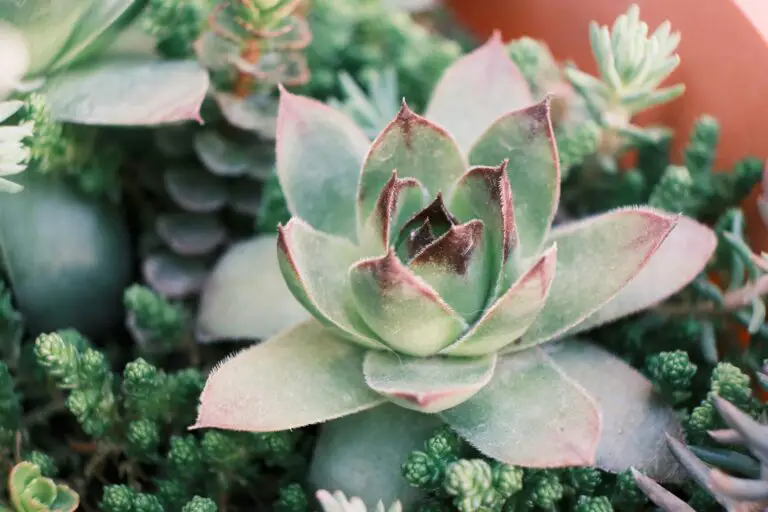
Sedum’s journey started in the mountainous regions of the Northern Hemisphere. Its hardy nature allowed it to conquer the rocky landscapes of these areas, adapting to the sparse and challenging terrain. As travelers and traders crossed paths with these resilient plants, they couldn’t help but admire their tenacity and beauty. Soon enough, these travelers began to carry Sedum with them, spreading its presence far and wide, connecting diverse cultures through the common thread of horticulture.
In botanical journeys long before our time, Sedum captivated the hearts of many. Chinese emperors coveted these plants for their imperial gardens, while the Romans believed that sedums possessed protective powers and incorporated them into their architecture. From ornamental decorations to herbal remedies, Sedum served numerous purposes, showcasing its incredible versatility. Today, we continue to discover new uses for these ancient plants, bridging the gap between history and modernity.
The historical spread of Sedum is not merely a tale of botanical migration; it’s a narrative that echoes humanity’s innate connection to nature. Through the ages, as Sedum navigated across continents, it quietly chronicled the evolution of human civilization. From enduring the harsh alpine climates to gracing the lush gardens of medieval monasteries, Sedum’s history parallels our own enduring quest for growth and beauty.
So, the next time you come across this plucky plant, remember that it’s not just a pretty face in the garden. It’s a living chronicle, carrying with it stories of ancient uses, global voyages, and the undeniable truth that nature is an integral part of our heritage. Sedum’s true origin story may be enshrined in the annals of history, but its spirit continues to thrive in diverse landscapes around the globe.
Sedum’s Native Habitats
Embark with us on a verdant voyage as we uncover the global roots that knit together the vast tapestry of Sedum’s native habitats. These resilient and enchanting succulents are much more cosmopolitan than one might think, and their earthly origins are as diverse as the species themselves!
Picture this: the breathtaking slopes of the Himalayas, where the hardy Sedum reflexum basks in the strong sunlight, a natural alpine inhabitant amidst rocky crevices. Then, transport yourself to the sunny cliffs of Southern Europe, or even a serene Japanese garden, where different species of Sedum serenely populate the landscape, showcasing their adaptability to various climate conditions.
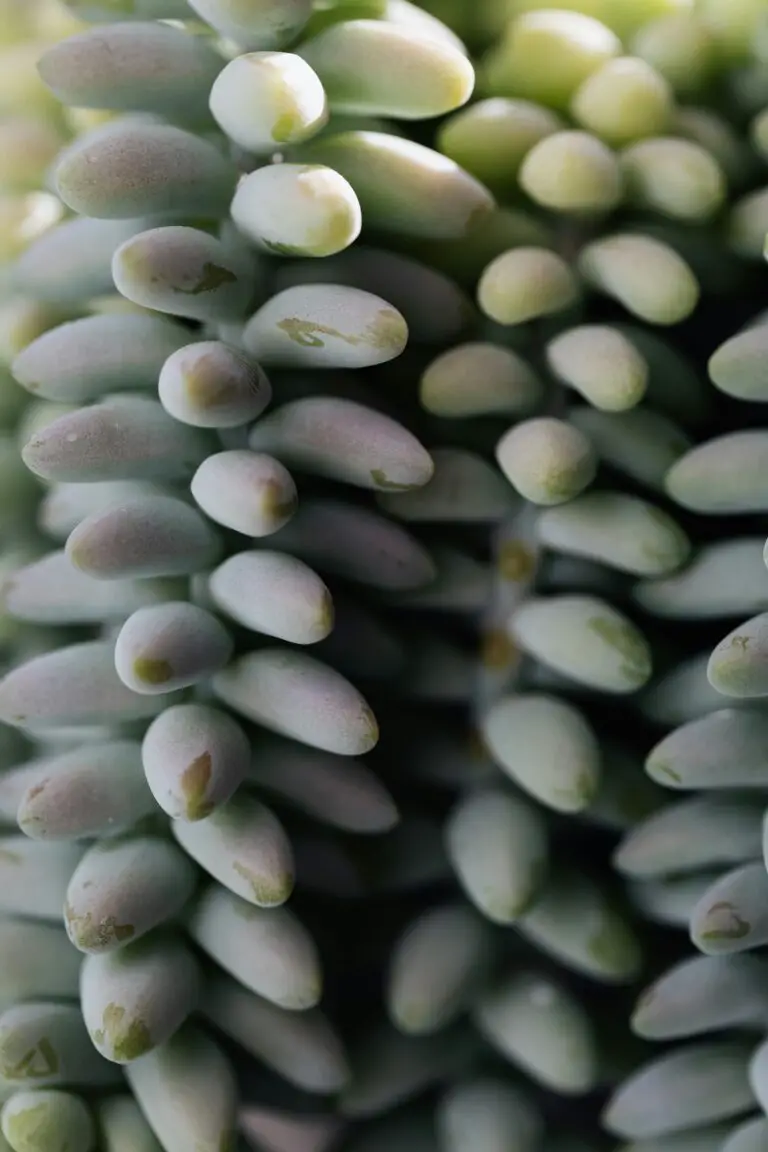
These humble stonecrops favor temperate regions but don’t be fooled; their hardiness allows some of them to thrive even in the more arid parts of Africa and South America. Whether they’re gracing the edges of a desert or tucked away in the nooks of an old English cottage garden, Sedums are truly global citizens. Their incredible resilience is a testament to their varied native environments – some prefer the dry heat, while others flourish in the cool drizzle frequent in coastal zones.
For those dabbling in the art of nurturing these versatile plants, taking a cue from their natural habitats can lead to lush, thriving gardens. Curious about how to mimic these conditions at home? Swing by our comprehensive guide here, where we delve into the nitty-gritty of Sedum care and cultivation.
It’s not just about the striking foliage or the carousel of blooms; understanding where these succulents come from enriches our appreciation for the plants and their ability to enliven our surroundings. So whether you are a seasoned gardener or a blossoming green thumb, take a leaf out of the Sedum playbook, and immerse yourself in the beauty and robustness of these global wonders.
Diversity of Sedum Species
In a world teeming with biodiversity, the Sedum genus stands out with its incredible range of species, each uniquely molded by the hands of evolution. From the parched cracks of rocky outcrops to the lush, verdant carpets of temperate forests, Sedum – often cheerfully called “stonecrops” – has woven its way into a multitude of ecological niches. But where does sedum come from, and how has this captivating genus become so eclectically diverse?
Let’s take a stroll through nature’s gallery, showcasing the plethora of Sedum varieties. The adaptability of Sedum is nothing short of astonishing. Consider the Sedum telephium, with its robust and succulent leaves, tailor-made for survival in arid conditions, where every drop of water is a treasure. Then, in stark contrast, ponder the delicate Sedum dasyphyllum, draping over the edges of moist, shaded stones like a mantle of greenery. Their distinct adaptations highlight the genius of natural selection and the species’ ability to thrive in contrasting environments.
Segueing from adaptation to evolution, have you ever marveled at the way Sedum captures the sunlight with its vibrant blooms? Evolution has sculpted Sedum through millennia, gifting each species features that attract specific pollinators, which in turn help these plants spread across continents. The journey of a humble Sedum seed can be a narrative of adventurous dispersal, often involving a chance encounter with a bird or a gust of wind that leads it to a new, sometimes far-flung habitat.
By exploring real-life examples, such as the coastal Sedum from the cliffs of the Pacific Northwest or the mountainous Sedum clinging to the alpine ranges of the Himalayas, we witness a fascinating story of survival and proliferation. The botanical odyssey of where sedum comes from is a testament to the resilience and plasticity of life, constantly molding itself to the caprices of Earth’s diverse ecosystems.

The diversity of the Sedum species not only paints a picture of the planet’s rich tapestry of life but also encapsulates an ongoing biological legacy. From survival tactics to the artistry of their forms, Sedum species are vibrant narrators of their own evolution. And as each new sprout breaks through the soil, it carries the ancestral whispers of where sedum comes from, ever expanding the reach of this remarkable genus.
Sedum in Cultivation and Horticulture
Imagine a hardy plant, versatile enough to flourish in rocky crevices, thrive on green roofs, or add a splash of color to your autumn garden. Enter Sedum, a succulent that has scaled the ranks from wild origins to a venerated favorite among green thumbs and eco-conscious gardeners alike. In this journey from the wilderness to our backyards, Sedum has truly conquered the hearts of many and the landscapes of even more.
Think of Sedum as horticulture’s answer to a Swiss Army knife—practical, robust, and incredibly diverse. Originating from different corners of the globe, these resilient plants have been cultivated and curated to suit myriad climates and aesthetic preferences. Over the decades, gardeners and horticulturists have come to rely on Sedum for its low maintenance needs and its spirited defiance of harsh weather.
From the cascading trails of ‘Sedum morganianum’ adorning balcony planters to the vibrant swathes of ‘Sedum spectabile’ brightening up rock gardens, these perennials have been embraced in a wealth of horticultural applications. With the advent of eco-friendly landscaping, Sedum has also become a poster child for green roof projects, epitomizing sustainability and urban biodiversity.
Perhaps you’ve been to a friend’s garden party and marveled at the quaint succulent arrangements, or maybe you’ve strolled through a living roof installation, impressed by the lush expanse of Sedum varieties. These experiences echo the adaptability and aesthetic appeal of Sedum, making it a staple in modern decorative and functional horticulture.
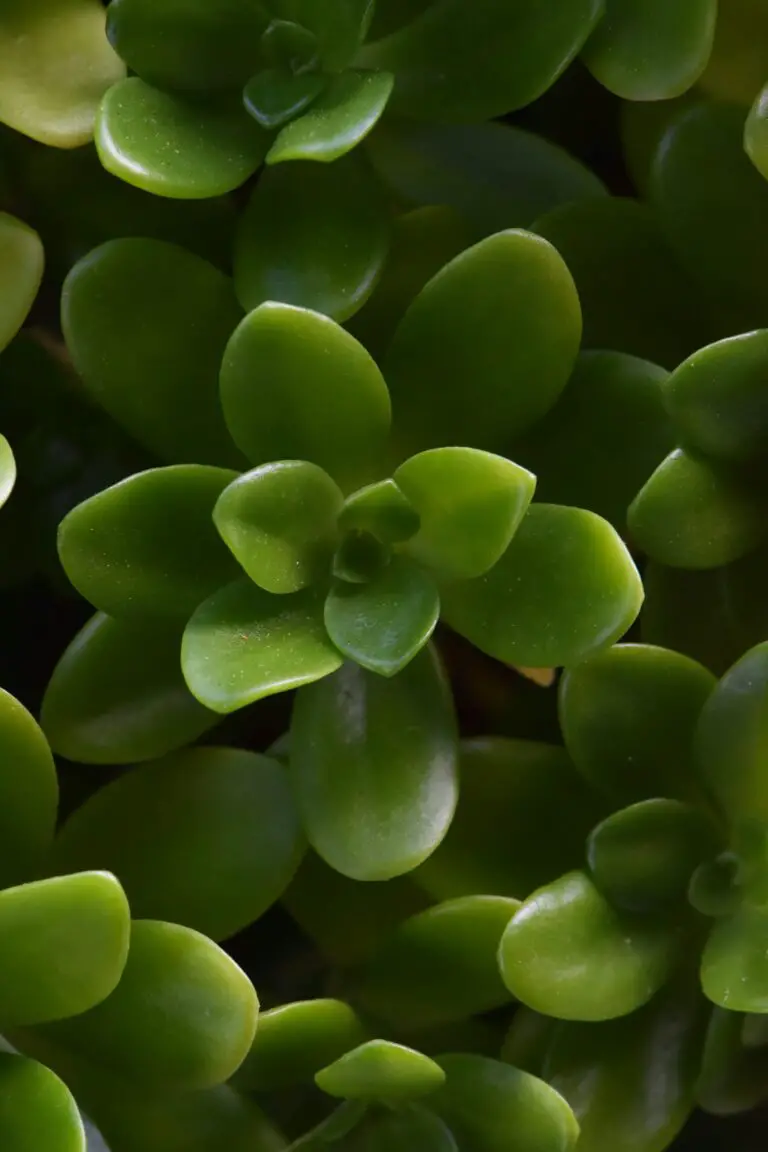
As decorative trends ebb and flow, Sedum remains steadfast, continuing to captivate with its plump foliage and star-shaped blooms. It’s no wonder that professional landscapers and weekend gardeners alike sing praises for this perennial powerhouse. And as cities grow more concrete, Sedum stands out as a beacon of resilient beauty and a living testament to nature’s ingenuity.
Whether it’s the rooftop gardens punctuating the skyline or the verdant landscapes wrapping around modern homes, Sedum’s versatility is manifest. It’s a reflection of how a plant can emerge from the wild, establish itself across continents, and find a harmonious place amidst human habitation—a testimony to its global roots and enduring charm.
Global Distribution and Adaptability
Have you ever stumbled upon a sedum plant, those succulent beauties thriving in rockeries and roof gardens? It’s a hardy traveler, to say the least! Originating from the Northern Hemisphere, sedum plants have made themselves at home around the globe, becoming a botanical ambassador of adaptability. They flourish from the scorching heat of Mexico to the freezing crags of the Himalayas, posing the question – is there anywhere this plant can’t grow?
Adaptation is the name of the game for sedum species. Just like a chameleon changes its colors, these plants modify their water-storage strategies and growth patterns to suit their locale. In arid zones, they hoard every precious drop of water in their plump leaves, while in temperate regions, they spread out like a green carpet, basking in the mild sun. It’s this incredible adaptability that’s allowed them to stride confidently across varied landscapes and even pop up as unexpected inhabitants in regions far from their native homes.
But with great adaptability comes great responsibility. Sedums have been known to push boundaries, occasionally edging into the infamous realm of invasive species. Some regions have seen these uninvited guests taking a little too much liberty, outcompeting native flora and disrupting local ecosystems. It’s a delicate balance – admiring their resilience, while keeping an eye on their not-so-sedate spread.
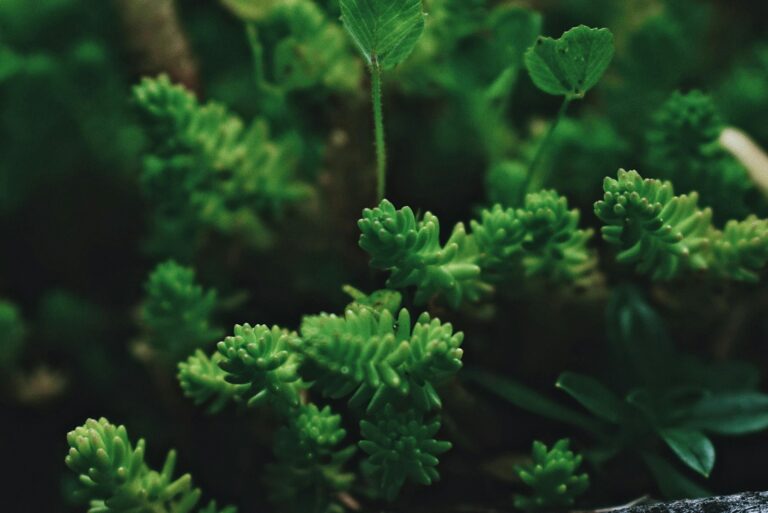
Imagine walking through your local park and spotting a patch of sedum; a green splash against the urban sprawl. It’s a testament to the sedum’s ability to nestle into the nooks and crannies of our cityscapes, softening the edges of our concrete jungles. But it’s not just in our backyards that these plants are making a statement. In some parts of the world, their invasion has prompted environmentalists to study their impact and develop strategies to manage their growth. For in-depth insights into sedum as an invasive species, feel free to explore further on this topic.
So, whether you’re a gardening enthusiast or simply a nature observer, the story of sedum’s global trotting is bound to capture your imagination. It’s a plant that refuses to be pigeonholed, constantly rewriting its survival playbook and, in doing so, painting a living landscape of its journey over millennia.
Growing Conditions for Optimal Sedum Health
Mention the word ‘Sedum,’ and gardeners will nod with a knowing smile. These charming succulents are beloved for good reason—they’re as easy to love as they are to care for! But to keep them beaming in your garden or adorning your windowsills, it’s vital to nail down the right growing conditions. Let’s explore how to pamper your Sedum plants so they can show off their plump, vibrant foliage to the fullest.
Succulent Soil Savvy
Starting with the soil—Sedum thrives in a well-draining mix. Imagine you’re planting in the native rocky crevices of its original haunts. That’s right, Sedum hails from diverse origins spanning sunny mountainsides to cool highlands where soggy soil is a big no-no. Recreate that environment with a blend of potting soil and coarse sand or pumice, ensuring the roots can breathe and avoid dreaded root rot.
Water Wisdom
As for hydration, Sedum practically comes with a built-in ‘Don’t Overwater Me’ sign. These succulents prefer a soak-and-dry method—water thoroughly, then wait for the soil to completely dry out before re-watering. They store water in their leaves, making them drought tolerant. Imagine a cactus librarian reminding you, “Easy on the water, dear.” That’s your Sedum, tough and self-sufficient.
Luxuriating in the Light
Sunlight is another cornerstone for a happy Sedum. These sun worshipers revel in at least six hours of natural light. Place them in that cherished south-facing window or let them bask outdoors where they can soak up the rays. Just avoid scorching afternoon sun in hotter climates—think of them like fair-skinned tourists who love the beach but need a parasol.
Following these guidelines will keep your Sedum thriving. Not sure how to start? I’ve found this excellent video that breaks down the essentials of Sedum care. It’s a great primer for beginners and a useful refresher for seasoned gardeners. Indulge in these tips, and you’ll have the robust and cheerful Sedum that every plant enthusiast covets.
Maintenance Mastery
Maintaining Sedum is like tending to a worry-free friend. They’re resilient and forgiving, shaking off neglect with barely a shrug. Give them a prune now and then to keep them tidy and encourage fuller growth. And with Sedum’s many varieties, you’ll never be bored—there’s always a new texture or hue to discover and flaunt in your collection. Just remember, the key to Sedum success lies in imitating their natural habitat, wherever that may be on the globe. With these pointers, your Sedum won’t just survive; it’ll thrive, adding a zest of life to wherever you call home.
Popular Uses for Sedum in Gardens
As we delve into the horticultural versatility of Sedum, it’s evident why this robust plant has found its way into the hearts of gardeners worldwide. A naturally rugged ground cover, Sedum spreads its low-lying beauty across the expanse of green roofs and the intricate nooks of rock gardens with ease. Let’s take a look at how Sedum serves as not only an aesthetic asset but also a practical component in landscaping design.
Creative Groundcover Solutions
In the realm of groundcovers, Sedum stands out as a resilient and drought-tolerant option. Akin to laying out a living carpet, varieties such as Sedum acre and Sedum reflexum knit together to form a dense mat that suppresses weeds, retains soil moisture, and provides a year-round display of color and texture. Not only do they require minimal maintenance, but they also offer a sanctuary for pollinators like bees and butterflies, turning your garden into a lively haven.
Sedum and the Green Roof Revolution
When it comes to sustainable architecture, green roofs have soared in popularity, and Sedum is the protagonist in this narrative. Thanks to its shallow root system and hardiness, Sedum is tailor-made for living roofs. It acts as a natural insulator, reducing the need for artificial heating and cooling. Imagine a bustling urban environment where rooftops bloom with Sedum, simultaneously enhancing urban biodiversity and cutting down on energy consumption.
The Charm of Rock Gardens
Sedum’s aesthetic adaptability is never more apparent than in the artfully arranged rock gardens. The varied textures and foliage of species such as Sedum spurium and Sedum kamtschaticum intermingle with stones and pebbles, creating a tapestry of natural beauty. These succulents thrive in the well-drained conditions of rocky landscapes, showcasing how Sedum can transform a simple garden feature into a stunning visual spectacle.
Indulge in a visual treat and gain some insights into the practical uses for Sedum in gardens with this delightful video:
Conservation and Ethical Considerations
When diving into the storied past of Sedum, one cannot help but touch on the poignant subject of conservation. These hardy perennials, gracing landscapes from cliff edges to verdant hills, are more than just a botanist’s delight—they hold the very threads of our planet’s biodiversity. As we dig deeper, we uncover that protecting wild Sedum species isn’t just an act of environmental accountability; it’s a moral imperative.
Picture this: unique Sedum varieties, each adapted to their own sliver of the world, thriving in their natural habitats. These plants are intricately connected to their ecosystems, supporting a myriad of wildlife and influencing soil health. Yet, with human activity reshaping their green havens, Sedum species face an all-too-familiar threat—habitat destruction. It’s a narrative replayed across the globe, where negligence leads to irreversible loss. The question then beckons: how do we preserve the uniqueness ingrained in each Sedum species?
The issue transcends borders and begs for a global conversation on ethical stewardship. Let’s take, for example, the trade and distribution of these plants. In our eagerness to adorn our gardens, are we unknowingly spreading invasive species? Are we harvesting them sustainably, or are we stripping nature of her jewels? We must adopt a lens of responsibility, ensuring that our desire for greenery doesn’t impede nature’s fragile dance.

Real-life examples spotlight the urgency. In regions where unique Sedum species are endemic, conservationists are rallying to protect these botanical treasures. Initiatives that range from setting up protective reserves to implementing ethical trade guidelines serve as crucial lifelines. By championing for their survival, we not only safeguard the Sedum but also the greater web of life that depends on them.
As stewards of the Earth, it’s our call to action to ethically manage our interaction with Sedum and its kin. Every choice we make—from selecting garden plants to supporting conservation programs—echoes in the wild groves where Sedum originates. So, as you delve into the rich history of these succulent wonders, let your newfound knowledge be a beacon for change. Embrace conservation and tread thoughtfully, for in the roots of Sedum lies the health of our planet.
Conclusion
Embarking on the whimsical excursion of discovering the roots of the charming Sedum, we’ve uncovered a narrative as rich and diverse as the plant itself. With a lineage tracing back to various regions across the globe, these resilient succulents have etched their mark in the annals of botanic history.
From the towering cliffs where these plucky plants nimbly nestle, to the backyard gardens where they bask in adoring attention, Sedum has journeyed far and wide. Their tenacity in the face of adversity stands as a testimony to their unyielding spirit, endearing them to gardeners and nature enthusiasts alike.
It’s in these verdant patches of green and bursts of colorful blooms that we’ve come to not only appreciate the ecological significance of such plants but to also see a reflection of global biodiversity. It’s a tale of survival, adaptation, and ultimately, triumph—mirroring our own human narratives of overcoming and prospering.
Celebrated for its low maintenance yet striking aesthetic, the Sedum species have evolved from wild alpine origins to become stars of the garden stage. Whether it springs forth from a crack in a weathered stone wall or flourishes in an urban rooftop garden, Sedum has woven its way into the fabric of horticultural charm.
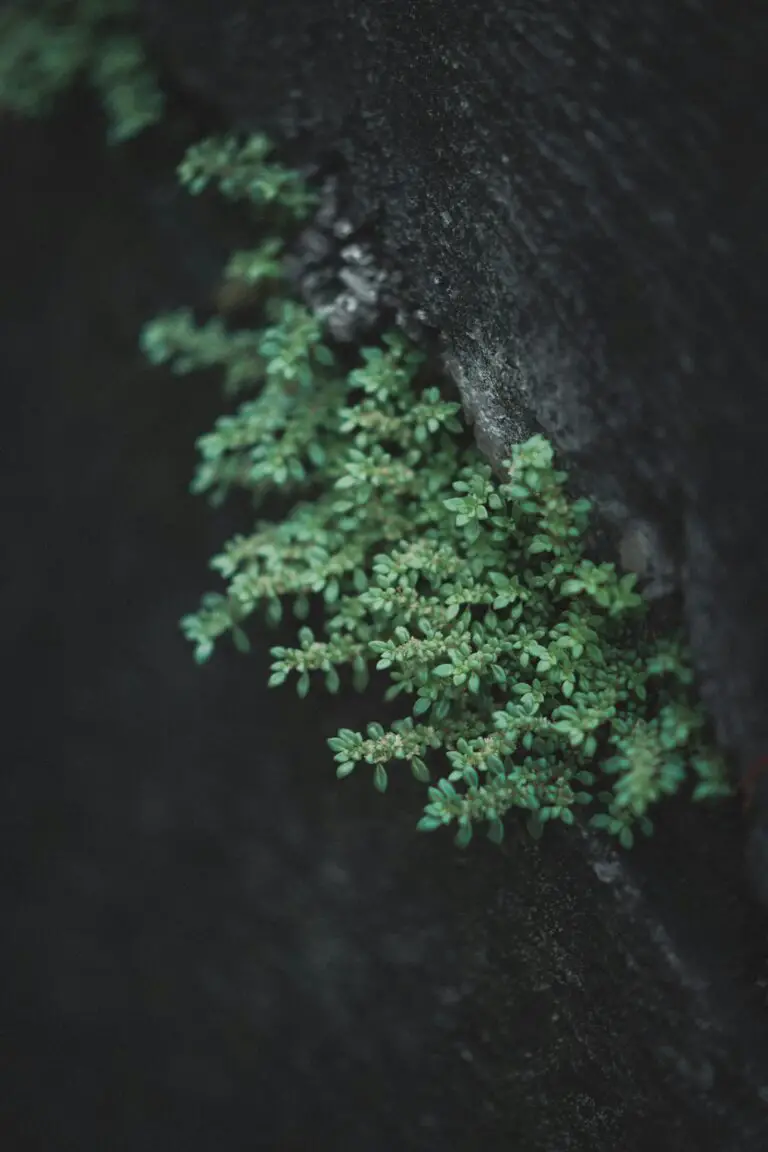
So here’s to the Sedum: a plant that has crossed oceans and continents, that has withstood the test of time, and that continues to captivate our hearts. It’s more than just a plant; it’s a living symbol of resilience and beauty—a type of natural artwork that enlivens our world.
Frequently Asked Questions About Sedum
Got a green thumb or aiming to cultivate one with the hardy Sedum? You’ve come to the right place! Sedum is a plant aficionado’s dream, originating from diverse corners of the globe and thriving in a variety of habitats. But how do you ensure your stonecrop stays stunning? Let’s dig into some common curiosities gardeners have about these resilient succulents!
Caring for Your Sedum: Best Practices
Sedum, with its vibrant greenery and star-shaped blooms, might just be the low-maintenance love story you didn’t know you needed. Picture this: You’re strolling through your garden oasis, and there, amidst the foliage, the sedum stands proudly—thriving with minimal fuss. The secret is simple: well-drained soil and plenty of sunshine. Keep them in a sunny spot, and these troopers will bask in the light all day long with a zest for life that’s contagious.
Propagating Sedum: More Greens for Your Garden
Fancy turning your single sedum sensation into a show-stopping collection? Propagation’s the magic word. Snip a stem, pull a leaf, let it callous over for a day or two—et voilà! Stick them in soil, and you’re on your way to creating a sedum spectacle. It’s like a photocopy machine, but for plants. And the satisfaction? Priceless.
Dealing with Pests and Diseases
Now, let’s face an often-asked question about the not-so-pleasant side of plant care—pests and diseases. Ever heard of a dinner party you didn’t want to attend? Well, that’s your sedum when aphids and mealybugs RSVP without invite. Keep your eyes peeled for uninvited guests, and with a gentle organic soap spray, you can bid adieu to those pests. Vigilance is key, as with all aspects of gardening.
Here’s a peek into the world of sedum care, detailed by green thumbs who’ve walked the path:
Embracing these tidbits, you’re well on your way to becoming a sedum sage. Patience, a sprinkle of love, and a dash of care—a recipe for thriving sedums and a garden that’s as robust as its roots, which are spread across continents and cultures. Remember, whether you’re just getting started or already a seasoned gardener, every day’s a school day in the garden. Happy planting!



